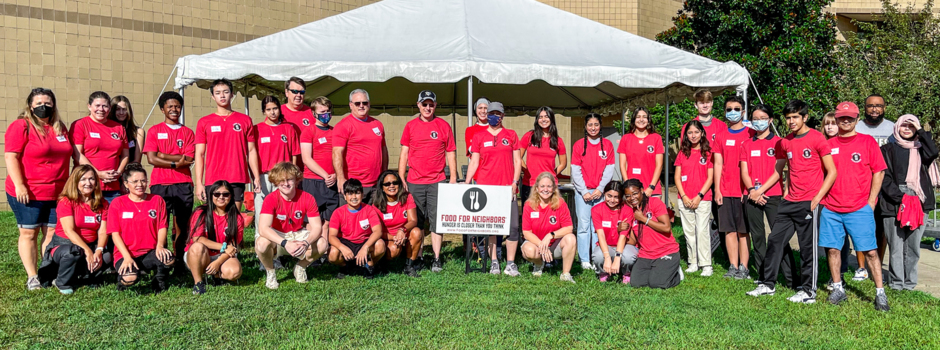What is food insecurity?
The USDA defines food insecurity as "the limited or uncertain availability of nutritionally adequate and safe foods, or limited or uncertain ability to acquire acceptable foods in socially acceptable ways." In the United States, nearly 44 million people, 13 million of them children, don't have enough to eat and don't know where their next meal is coming from.
(source)
How can you learn when you're hungry?
The reality is that 1 in 5 children in the United States don't get enough food to eat. Some common effects of hunger include:
• reduced focus, learning and problem solving
• excessive absences
• increased prevalence of illness
• violent and disruptive behavior
(source)
Did you know...
In Virginia, 963,980 people are facing hunger, and 252,480 of them are children.
That's 1 in 7 children.
In Fairfax County, nearly 75,000 residents are food insecure. It is estimated that, since the pandemic, food insecurity has doubled in Fairfax County.
(source)








